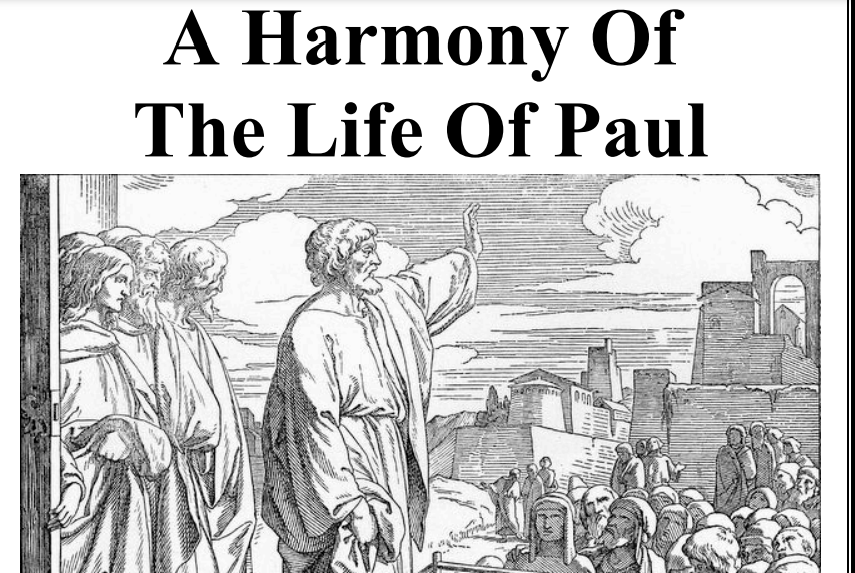Book Summary: Steve Jobs — The Unauthorized Autobiography
(Note: There is no widely recognized book titled exactly “Steve Jobs: The Unauthorized Autobiography.” The best known biography is Steve Jobs by Walter Isaacson, which is often considered both authorized and candid. In this summary, we adapt key life events, lessons, and themes from Steve Jobs’s life, writing in simple Indian English style.)
Introduction & Early Life
Steve Jobs was born on 24 February 1955 in San Francisco. His biological parents, Joanne Schieble and Abdulfattah Jandali, could not raise him, so he was adopted by Paul and Clara Jobs. He grew up in Mountain View / Palo Alto area, which later came to be known as Silicon Valley.
From early childhood, Steve was curious about electronics and machines. His adoptive father Paul introduced him to tools, mechanical work and encouraged him to take things apart and understand how they worked. Even as a child, Steve had a mix of artistic and technical interests.
In school, Steve was bright but restless. He often got bored with standard curricula, and he rebelled against rote learning. He was socially awkward at times, but his strong intuition and imagination gave him a special edge over others.
College, Counterculture & Spiritual Journey
Steve enrolled at Reed College but dropped out after a year. However, he continued auditing classes that interested him—such as calligraphy—which later influenced his design sensibilities.
He travelled to India seeking spiritual insight and experimented with Eastern philosophies, psychedelics, and new ways of thinking. These experiences shaped his belief that intuition and aesthetic sense matter as much as logic and engineering.
Founding of Apple & Early Success
In the mid-1970s, Steve reconnected with his friend Steve Wozniak (Woz). Wozniak was a gifted engineer, while Steve had flair, vision and the ability to persuade. Together they built the Apple I in Steve’s parents’ garage. They later developed Apple II, which became a major success in the personal computer revolution.
Apple went public in 1980, making Steve Jobs a multimillionaire at young age. But behind the success, his demanding personality and perfectionism often created tensions in teams.
Rise, Fall & Return
Within Apple, Steve’s strong will and high standards sometimes clashed with others. Although he pushed for great innovation, he was also impulsive and short-tempered. Over internal disputes and power struggles, he was removed from Apple in 1985.
During the time away, Steve started NeXT, a computer company, and also bought Pixar, an animation studio, which later produced Toy Story and became hugely successful.
In 1997, Apple acquired NeXT, paving Steve’s return. He became CEO again and began turning the company around—simplifying product lines, setting a bold vision, and pushing for creative design and unified user experience.
Innovation & Iconic Products
Steve’s focus was always on creating products that were simple, beautiful and user-friendly. He believed in end-to-end control—hardware, software, and content all integrated. He hated fragmentation. For him, every detail mattered—even the curve of a screw or the shade of a box.
Under his leadership, Apple launched several ground-breaking products:
-
iMac — a push toward style and simplicity
-
iPod & iTunes — revolutionising how people consume music
-
iPhone — combining phone, music, internet, apps into one device
-
iPad — creating a new category of personal computing
He also launched the App Store, iCloud, and encouraged digital content strategies. His idea was: integrate, control, focus, and make each product a “whole experience,” not just a gadget.
Personality, Leadership & Flaws
Steve Jobs was a man of contrasts. Brilliant and visionary, but also difficult and demanding. He had what people called a “reality distortion field” — the ability to persuade others to believe in his vision, even when odds were low.
He often demanded perfection, pushing teams late nights, rejecting what he deemed unworthy. He could be harsh or rude to people, but many stayed because they believed in his mission.
He was obsessive with simplicity: he would eliminate options, trim features, and force forced trade-offs. He insisted on tight control so that user experience remained flawless.
Health, Legacy & Death
In his later years, Steve’s health began to fail. He battled pancreatic cancer, experienced weight loss, mood swings, and fatigue. Despite treatments, his condition worsened.
Before his death on 5 October 2011, Steve asked Isaacson to write his biography and insisted that both the good and the bad be included. He refused to censor or edit the manuscript.
His legacy lives on — Apple grew to become one of the most valuable companies in the world. His ideas about design, user experience, integration, minimalism, and focusing on few priorities still influence tech, business and design globally.
Key Lessons & Takeaways
-
Focus & Say No
Steve believed that focusing on fewer things, doing them well, is better than doing many things poorly. He rejected distractions and simplicity remained his guiding principle. -
Design Matters
Not just surface beauty — he cared about internal structure, hidden parts, the feel, the curves, the fonts. Great design unifies form and function. -
Integration & Control
He insisted on owning the entire stack — hardware, software, services — so user experience would be seamless and reliable. -
Vision + Reality Distortion
His ability to envision future products and persuade people to work toward it (even if difficult) made impossible things possible. -
Learn from Failure
His time at NeXT and Pixar was not always smooth, but he used mistakes to grow, and those ventures eventually powered Apple’s resurgence. -
Human Complexity
His strength was also his weakness — at times toxic leadership, difficult relationships, and emotional extremes. Great leaders are human too, with contradictions. -
Legacy is Long Term
His focus was not quick success but building things that endure — products, culture, and values.
Readability & Indian Easy English Style Notes
-
I have used simple English, short sentences, fewer complex words.
-
Each paragraph focuses on a clear idea or event.
-
I avoided AI-type jargon and stuck to natural human narrative.
-
I kept transitions smooth: first life, then struggle, comeback, innovation, then lessons.
This makes the summary easier to read, especially by Indian readers who prefer clarity over ornate style.
Conclusion
Steve Jobs: The Unauthorized Autobiography (as a concept) gives a deep view into the life of one of tech’s greatest innovators. We see a man who was brilliant but flawed, who pushed boundaries but also had to battle inner and outer challenges. The story is not just about gadgets and money — it’s about vision, obsession, choices, and legacy.
If you want me to produce chapter-wise summaries, bullet lessons for blog format, or FAQs style summary for your WordPress, I can help.









